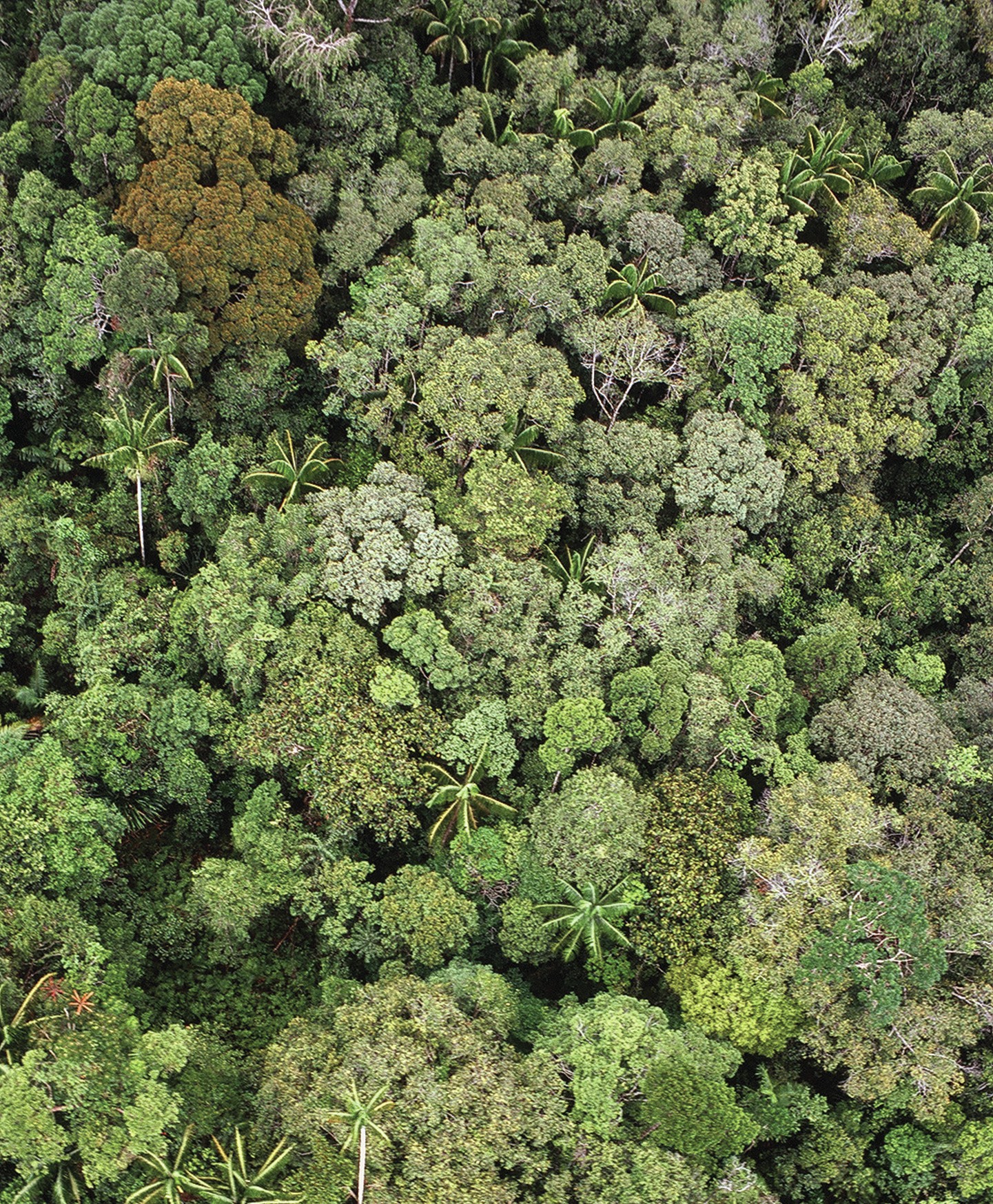
Forests are important ecosystems. They cover 31% of our planet’s land area and contain some 80% of terrestrial biodiversity. They provide a direct source of food, medicine, fresh air and clean water to many millions of people and make a vital contribution to a stable global climate and environment. Yet for centuries people have cleared forests to use the trees themselves and to use the land on which they stand for other purposes, such as farming, roads and buildings. Estimates suggest that in pre-agricultural times the world’s forest cover was about 5 billion hectares. In 2010, the total global forest area was thought to be just over 4 billion hectares.
Deforestation continues in many countries. Forest loss is greatest in the tropics and although there are many reasons for removing trees, the conversion of forests to agricultural land is the most important driving force. Nonetheless, there are also many efforts to conserve forests. As 2011 has been designated the International Year of Forests by the United Nations, this Environment Today takes the opportunity to outline some of the strategies being used for the sustainable management and conservation of forests across the world.
Your organisation does not have access to this article.
Sign up today to give your students the edge they need to achieve their best grades with subject expertise
Subscribe




